Dry wall/joint compound wall sufficient?
zagyzebra
9 years ago
Featured Answer
Sort by:Oldest
Comments (6)
party_music50
9 years agosombreuil_mongrel
9 years agoRelated Professionals
Albany Kitchen & Bathroom Designers · Commerce City Kitchen & Bathroom Designers · Mount Prospect Kitchen & Bathroom Designers · Ossining Kitchen & Bathroom Designers · Portland Kitchen & Bathroom Designers · Chandler Kitchen & Bathroom Remodelers · New Port Richey East Kitchen & Bathroom Remodelers · Newberg Kitchen & Bathroom Remodelers · Santa Fe Kitchen & Bathroom Remodelers · Spokane Kitchen & Bathroom Remodelers · Weymouth Kitchen & Bathroom Remodelers · Baltimore Architects & Building Designers · Ken Caryl Architects & Building Designers · Portage Architects & Building Designers · Town and Country Architects & Building Designerszagyzebra
9 years agoworthy
9 years agoTam
last yearlast modified: last year
Related Stories

LANDSCAPE DESIGNGarden Walls: Dry-Stacked Stone Walls Keep Their Place in the Garden
See an ancient building technique that’s held stone walls together without mortar for centuries
Full Story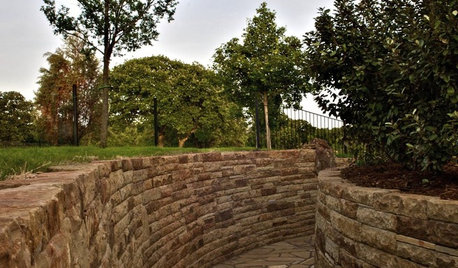
LANDSCAPE DESIGNPile On Style With a Dry-Laid Stone Retaining Wall
Durable, natural and practical, this landscape feature is an art form unto itself
Full Story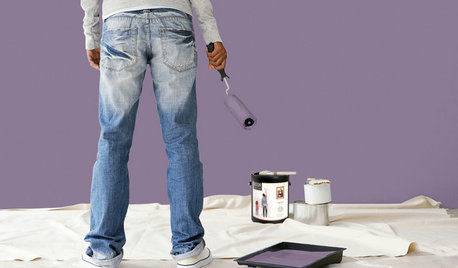
PAINTINGBulletproof Decorating: How to Pick the Right Kind of Paint
Choose a paint with some heft and a little sheen for walls and ceilings with long-lasting good looks. Here are some getting-started tips
Full Story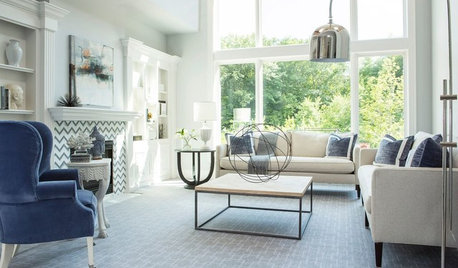
REMODELING GUIDES11 Reasons to Love Wall-to-Wall Carpeting Again
Is it time to kick the hard stuff? Your feet, wallet and downstairs neighbors may be nodding
Full Story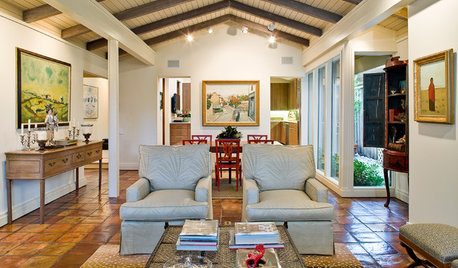
REMODELING GUIDESBanish Gizmo Blemishes on Your Walls
Unsightly switches, vents and outlets can ruin your interior design's clear complexion. Keep the look pure with an architect's tips
Full Story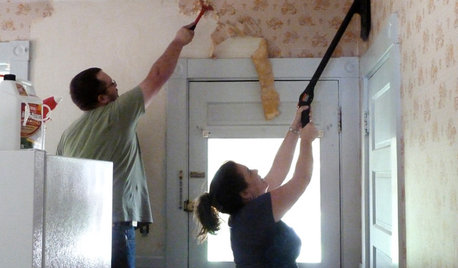
DECORATING GUIDESHow to Remove Wallpaper in 4 Steps
Learn the best way to remove wallpaper with only water (and elbow grease) so your next wall treatment will look great
Full Story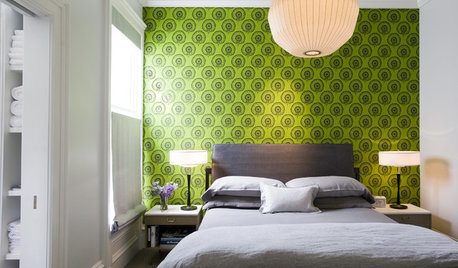
GREAT HOME PROJECTSConsidering Wallpaper? Here's How to Get Started
New project for a new year: Give your room a whole new look with the color, pattern and texture of a wall covering
Full Story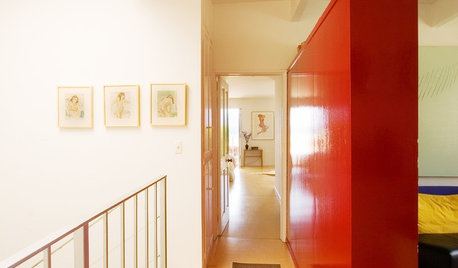
WALL TREATMENTSPick the Right Paint Finish to Fit Your Style
The question of finish may be as crucial as color. See which of these 9 varieties suits your space — and budget
Full Story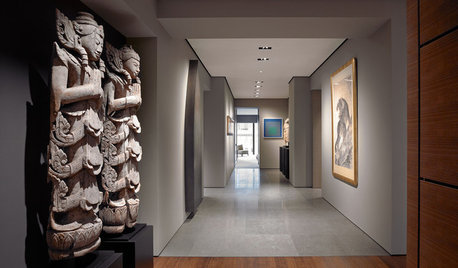
DESIGN DETAILSDesign Workshop: The Modern Wall Base, 4 Ways
Do you really need baseboards? Contemporary design provides minimalist alternatives to the common intersection of floor and wall
Full Story
FLOORSIs Radiant Heating or Cooling Right for You?
Questions to ask before you go for one of these temperature systems in your floors or walls (yes, walls)
Full StoryMore Discussions





Clarion